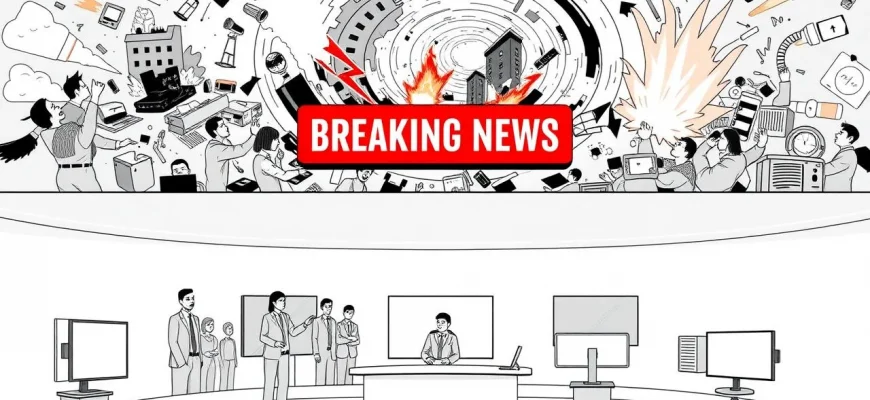There's something uniquely captivating about watching events unfold in real-time, especially when they involve high-stakes drama or unexpected disasters. These films take us behind the scenes of live broadcasts, where the line between entertainment and catastrophe blurs, offering viewers a front-row seat to chaos, heroism, and sometimes, tragedy. Here are 10 films that capture the essence of live broadcast disasters, each providing a unique perspective on how media, technology, and human error can lead to unforgettable moments.
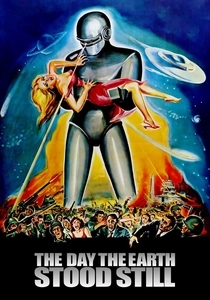
The Day the Earth Stood Still (1951)
Description: While more of a sci-fi classic, this film includes scenes where an alien's arrival is broadcast live, causing panic and chaos, showcasing the power of media in shaping public perception.
Fact: The film was remade in 2008 with Keanu Reeves, but the original remains a landmark in science fiction cinema.
 Watch Now
Watch Now 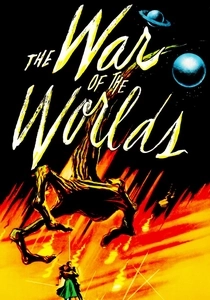
The War of the Worlds (1953)
Description: This adaptation of H.G. Wells' novel includes live radio broadcasts of the Martian invasion, capturing the public's reaction and the chaos that ensues as the world faces an alien threat.
Fact: The film was inspired by Orson Welles' infamous 1938 radio broadcast, which caused widespread panic among listeners.
 Watch Now
Watch Now 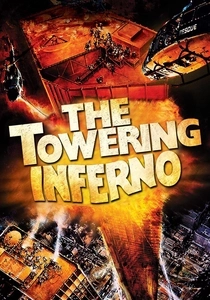
The Towering Inferno (1974)
Description: A classic disaster film where a skyscraper's grand opening turns into a live broadcast nightmare as a fire breaks out, trapping guests and firefighters in a race against time.
Fact: It was one of the first films to be released in a "roadshow" format, with an intermission, and it features an all-star cast including Paul Newman and Steve McQueen.
 Watch Now
Watch Now 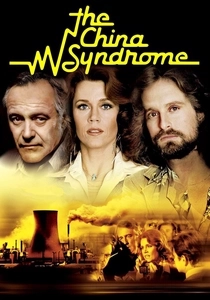
The China Syndrome (1979)
Description: A TV news reporter and her cameraman accidentally capture footage of a near-meltdown at a nuclear power plant, leading to a live broadcast that exposes the dangers of nuclear energy.
Fact: The film eerily predicted the Three Mile Island nuclear accident, which occurred just 12 days after its release.
 Watch Now
Watch Now 
Broadcast News (1987)
Description: This film delves into the world of television news, where personal ambition and ethical journalism collide during a live broadcast of a breaking story, leading to a comedic yet poignant disaster.
Fact: The film was nominated for seven Academy Awards, including Best Picture, and it's known for its realistic portrayal of the newsroom environment.
 Watch Now
Watch Now 
The Truman Show (1998)
Description: While not a traditional disaster film, "The Truman Show" explores the concept of a life broadcast live 24/7, where the protagonist's entire existence is a staged reality show, leading to a personal disaster when he discovers the truth.
Fact: The film's concept influenced reality TV shows like "Big Brother," and it was nominated for three Academy Awards.
 Watch Now
Watch Now 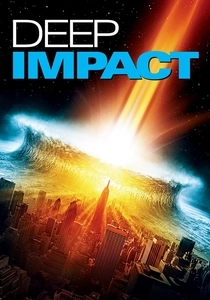
Deep Impact (1998)
Description: This film captures the global panic and media frenzy as a comet is discovered on a collision course with Earth, with live broadcasts documenting humanity's response to impending doom.
Fact: The film was released the same year as "Armageddon," leading to comparisons between the two comet/asteroid disaster movies.
 Watch Now
Watch Now 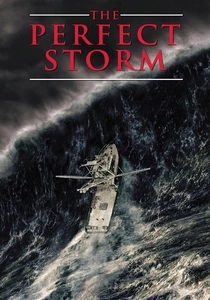
The Perfect Storm (2000)
Description: Based on a true story, this film features a live broadcast of a fishing boat caught in a deadly storm, with the media covering the rescue efforts, adding to the tension and drama of the situation.
Fact: The film was shot on a real fishing boat, the "Andrea Gail," which was later sunk for the movie's climax.
 Watch Now
Watch Now 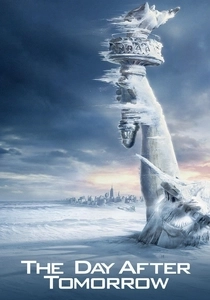
The Day After Tomorrow (2004)
Description: This film showcases a live broadcast of a catastrophic climate event where a sudden global weather shift leads to a new ice age. The tension of the broadcast adds to the film's dramatic portrayal of survival against the odds.
Fact: The film was one of the first to use real-time weather simulation software to create its disaster scenes, and it was also used as a teaching tool in some schools to discuss climate change.
 Watch Now
Watch Now 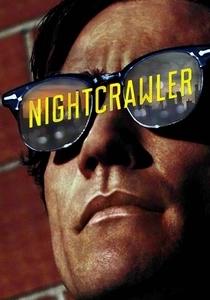
Nightcrawler (2014)
Description: While not a traditional disaster film, "Nightcrawler" explores the dark side of live news coverage, where a freelance cameraman captures violent crimes and accidents for profit, highlighting the ethical dilemmas of live broadcasting.
Fact: Jake Gyllenhaal lost 30 pounds for the role, and the film was inspired by real-life stringers who chase crime scenes for footage.
 Watch Now
Watch Now 
